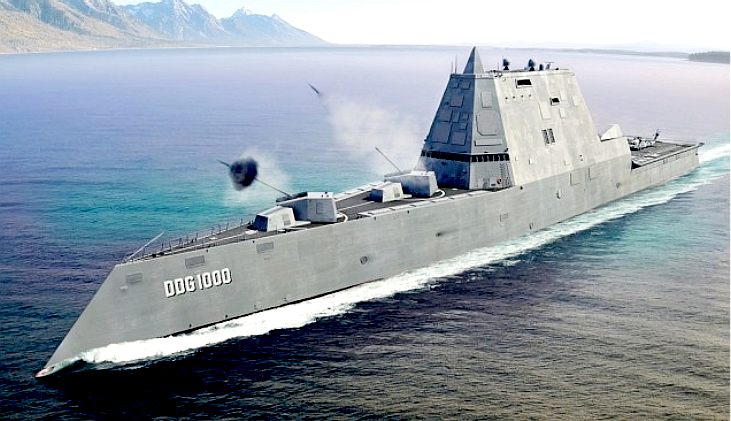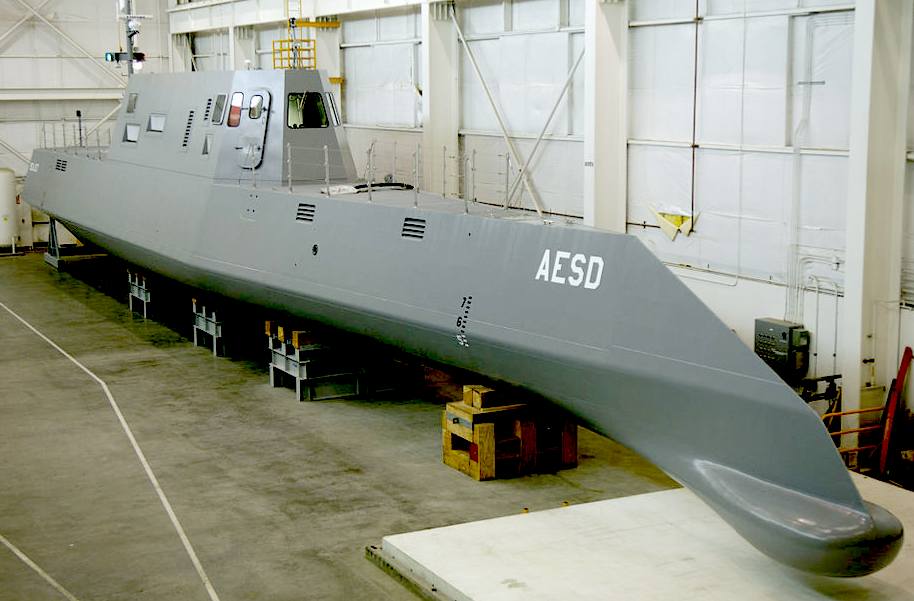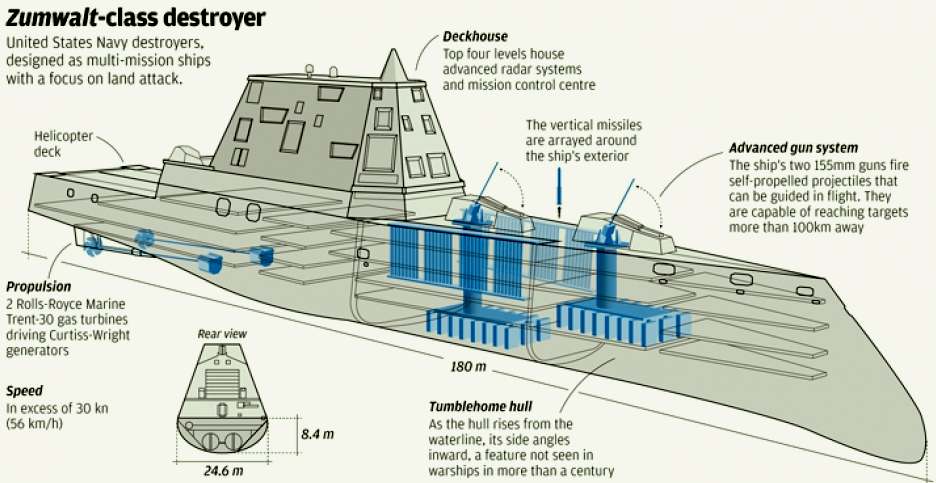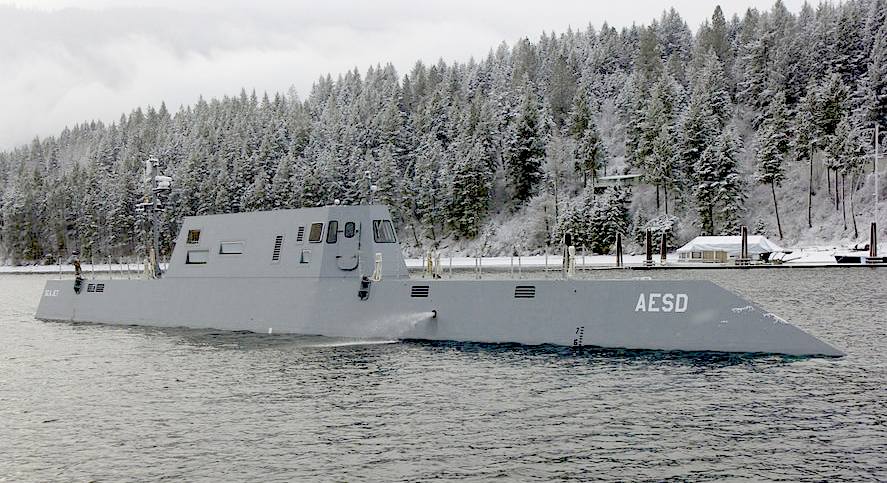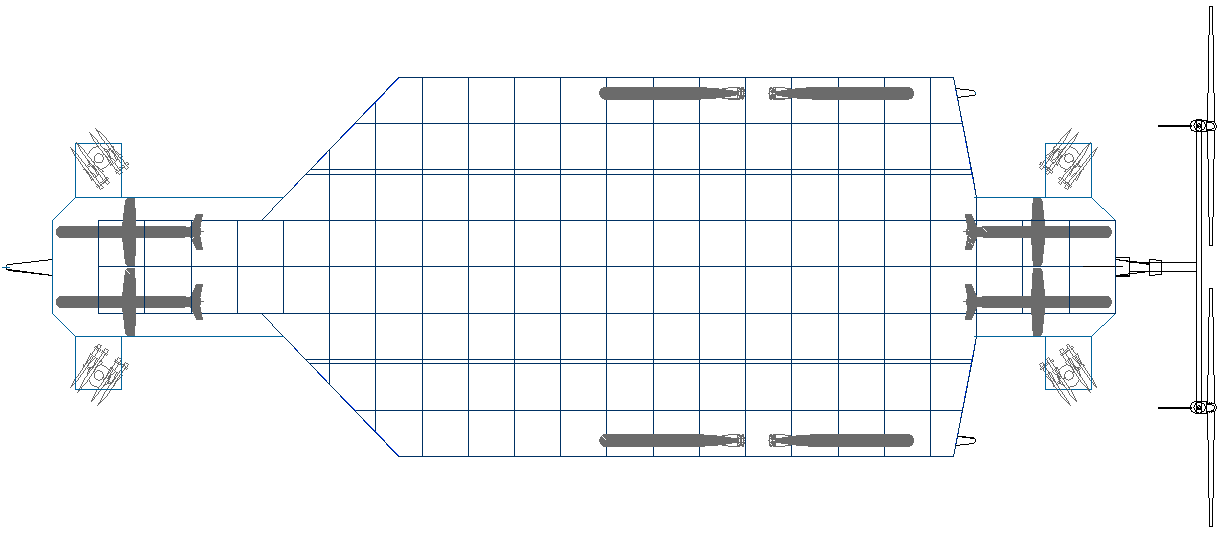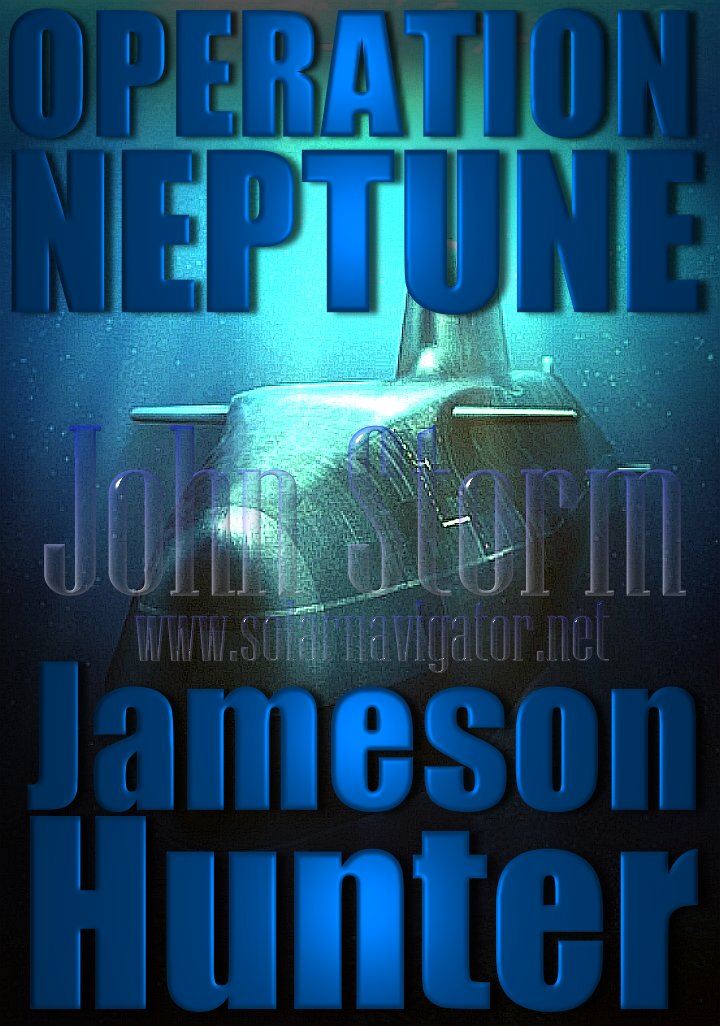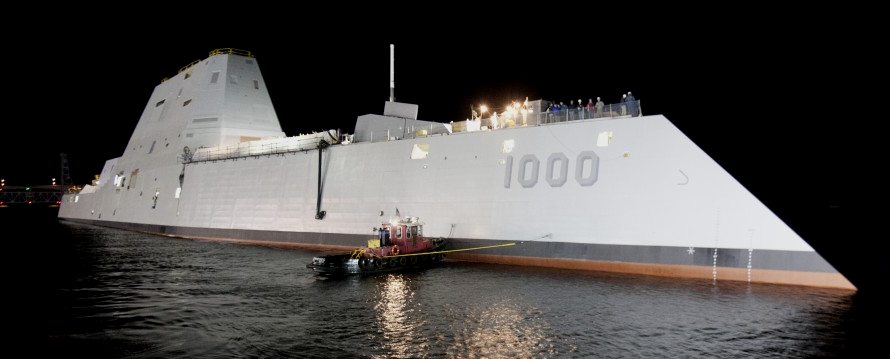|
ZUMWALT - Stealth Destroyer
|
||
|
CHRISTENING
CEREMONY - 12 APRIL 2014
DESCRIPTION
The Zumwalt-class destroyers are a class of United States Navy destroyers designed as multi-mission stealth ships with a focus on land attack. The class is a scaled-back project that emerged after funding cuts to the larger DD-21 vessel program. The program was previously known as the "DD(X)". The class is multi-role and designed for surface warfare,
anti-aircraft, and naval fire support. They take the place of battleships in filling the former congressional mandate for naval fire support, though the requirement was reduced to allow them to fill this role. The vessels' appearance has been compared to that of the historic ironclad warship.
Bayview, Idaho (Aug. 23, 2005) - The Advanced Electric Ship Demonstrator (AESD), Sea Jet, funded by the Office of Naval Research (ONR), is a 133-foot vessel located at the Naval Surface Warfare Center Carderock Division, Acoustic Research Detachment in Bayview, Idaho. Sea Jet will operate on Lake Pend Oreille, where it will be used for test and demonstration of various technologies. Among the first technologies tested will be an underwater discharge water jet from Rolls-Royce Naval Marine, Inc., called AWJ-21, a propulsion concept with the goals of providing increased propulsive efficiency, reduced acoustic signature, and improved maneuverability over previous Destroyer Class combatants.
HULL DESIGN - TUMBLEHOME
A return to a hull form not seen since the Russo-Japanese War in 1905, the Zumwalt-class destroyer reintroduces the tumblehome hull form. Originally put forth in modern steel battleship designs by the French shipyard Forges et Chantiers de la Méditerranée in La Seyne in Toulon, French naval architects believed that tumblehome, in which the beam of the vessel narrowed from the water-line to the upper deck, would create better freeboard, greater seaworthiness, and, as Russian battleships were to find, would be ideal for navigating through narrow constraints (canals). On the down side, the tumblehome battleships experienced losses in watertight integrity and/or stability problems (especially in high speed turns). 21st century tumblehome is being reintroduced to reduce the radar return of the hull. The inverted bow is designed to cut through waves rather than ride over them. As mentioned above, the stability of this hull form in high sea states has caused debate among naval architects. The tumblehome has not been featured in USN concept designs since the Zumwalt class.
The stability of the DDG-1000 hull design in heavy seas has been a matter of controversy. In April 2007, naval architect Ken Brower said, "As a ship pitches and heaves at sea, if you have tumblehome instead of flare, you have no righting energy to make the ship come back up. On the DDG 1000, with the waves coming at you from behind, when a ship pitches down, it can lose transverse stability as the stern comes out of the water – and basically roll over." The decision to not use a tumblehome hull in the CG(X) cruiser, before the program was canceled, may suggest that there were concerns regarding Zumwalt's seakeeping. However, in a 1/4 scale test of the hull design, named Sea Jet, the tumblehome hull proved seaworthy.
STEALTH
Despite being 40% larger than an Arleigh Burke-class destroyer the radar signature is more akin to a fishing boat, according to a spokesman for Naval Sea Systems Command; sound levels are compared to the Los Angeles-class submarines. The tumblehome hull reduces radar return and the composite material deckhouse also has a low radar return. Water sleeting along the sides, along with passive cool air induction in the mack reduces thermal emissions. Overall, the destroyer's angular build makes it "50 times harder to spot on radar than an ordinary destroyer.
CONSTRUCTION
PROPULSION
DINOSAUR TAX DOLLAR DINE OUT
Traditional manned warships are outdated combat weapons that superpowers like to parade about the ocean to demonstrate affluence, in the process polluting the planet massively. The Zumwalt destroyer is a step in the right direction in terms of automation - but still with 100 human lives will be lost in an engagement as a $3.6billion dollar liability. This class of warship has its uses but compared with robot battleships, its size and cost renders it an asset whose loss will hit the US hard, when confronted by ocean going drones such as the Scorpion HK. It only takes one well aimed torpedo, or one cruise missile to sink a large warship. The larger the conventional warship the more staggering the loss of life - and the blow to the nation concerned. It's a high price to pay for a bit of ocean swagger, however spectacular they look on open days. Stealth is an outdated concept with SeaWolf tactics where a network of drones will soon close on a ship, once it has fired, or otherwise strayed into a patrolled patch of ocean.
Lawmakers and others have
questioned whether the Zumwalt-class costs too much and whether it provides the capabilities the U.S. military needs. In 2005 the Congressional Budget Office estimated the acquisition cost of a DD(X) at
$3.8–4.0bn in 2007 dollars, $1.1bn more than the navy's estimate.
The Advanced Electric Ship Demonstrator (AESD) in icy waters. Sea Jet was funded by the Office of Naval Research. Without funding from navies, many innovations would never be tried or tested.
SPECIFICATIONS
LINKS & REFERENCE
http://en.wikipedia.org/wiki/Zumwalt-class_destroyer Model mayhem Zumwalt compared to Arliegh Burke destroyers Defense industry daily dead-aim-or-dead-end-the-usas-ddg1000-zumwalt-class-program On the north river ddg1000-the-zumwalt http://www.modelmayhem.com/po.php?thread_id=921494 https://www.defenseindustrydaily.com/dead-aim-or-dead-end-the-usas-ddg1000-zumwalt-class-program-02574/ http://en.wikipedia.org/wiki/Zumwalt-class_destroyer http://onthenorthriver.com/2014/04/13/ddg1000-the-zumwalt/ http://en.wikipedia.org/wiki/USS Nimitz_class_aircraft_carrier http://en.wikipedia.org/wiki/USS_Dwight_D._Eisenhower_%28CVN-69%29 http://en.wikipedia.org/wiki/USS_Enterprise_%28CVN-65%29 http://en.wikipedia.org/wiki/Gerald_R._Ford-class_aircraft_carrier http://en.wikipedia.org/wiki/Chinese_aircraft_carrier_Liaoning http://en.wikipedia.org/wiki/Russia Admiral_Kuznetsov-class_aircraft_carrier http://en.wikipedia.org/wiki/HMS Invincible_class_aircraft_carrier http://en.wikipedia.org/wiki/Clemenceau_class_aircraft_carrier http://en.wikipedia.org/wiki/Spanish_aircraft_carrier_Principe_de_Asturias http://en.wikipedia.org/wiki/Spanish_ship_Juan_Carlos_I_(L61) http://en.wikipedia.org/wiki/Thai HTMS_Chakri_Naruebet http://en.wikipedia.org/wiki/Italian_aircraft_carrier_Cavour_(550) http://en.wikipedia.org/wiki/Japanese Hyuga_class_helicopter_destroyer http://en.wikipedia.org/wiki/S Korea Dokdo-class_amphibious_assault_ship http://en.wikipedia.org/wiki/Indian Vikrant-class_aircraft_carrier
The Bluefish™ platform in a modified form is suitable for adaptation to a robotic battleship as a countermeasure to the ever increasing size and firepower of modern destroyers. The Wolverine ZCC™ in its the above form carries 4 x Tomahawks, 32 x SAMs, 2 x 12.75" and 2 x 21" torpedoes + an ROV or minisub. Not bad for a mini battleship that needs no (or vastly reduced) crew and runs on clean energy from nature. A zoned network of these ships can police international waters in formation, attack and sink enemy warships and submarines and shoot down aircraft that present a potential threat to national security. The development of such ships represents an opportunity for future exports and defence energy reductions that represent a no-brainer in terms of priority.
FICTION - Operation Neptune - An advanced nuclear submarine is hijacked by environmental extremists intent on stopping pollution from the burning of fossil fuels. The extremists torpedo a number of oil wells as part of a campaign to cause energy chaos, with bigger plans to come. When NATO tries to stop then, the terrorists sink the USS Jimmy Carter and HMS Queen Elizabeth. A more subtle approach is required, enter John Storm and Charley Temple. If you enjoyed Battleship, Pacific Rim, Under Siege or The Hunt for Red October, this is a must for you.
AIRCRAFT CARRIER INDEX
Cavour - Italy Chakri Naruebet - Thailand Clemenceau - France Dokdo - Republic Korea Gerald Ford Class - USA Hyuga - Japan Invincible - UK Kuznetsov - Russia Liaoning - China Nimitz - USA Principe de Asturias - Spain Queen Elizabeth - UK Vikrant Class - India
WARSHIPS
Bismarck - Battleship - Germany HMS Neptune - Leander class cruiser 1941 WWII Type 23 - Duke class frigate - UK Type 26 - Global combat ship - UK Type 45 - Daring class destroyer - UK Electric prototype - USA
SUBMARINE INDEX
Alvin DSV - Woods Hole Oceanographic Institution Deepsea Challenger - Mariana Trench, James Cameron 2012 HMS Astute 1st of Class HMS Vanguard- Trident INS Sindhurakshak - explosion & sinking Littoral combat vessels Lusitania - Torpedo attack Nuclear submarines lost at sea Predator - Covert submarine hunter/killer Seawolf - Autonomous wolf pack deployment of Predator mini-subs Torpedoes - UUV anti submarine weapons Trieste - World record depth - Mariana Trench 1960 U20 - Kapitan Leutnant Walther Schwieger USS Bluefish WWI submarine USS Bluefish - Nuclear submarine USS Jimmy Carter - Seawolf class fast attack nuclear submarine USS Nautilus - 1st nuclear submarine & subsea north pole passage USS North Dakota - 11th Virginia class submarine USS Scorpion - Lost at sea with all hands
|
||
|
This website is Copyright © 2014 Bluebird Marine Systems Limited. The names Bluebird™, Bluefish™, Blueplanet BE3, Ecostar DC50™, SeaNet™, SeaWolf™ and the blue bird and fish in flight logos are trademarks. All other trademarks are hereby acknowledged.
|
